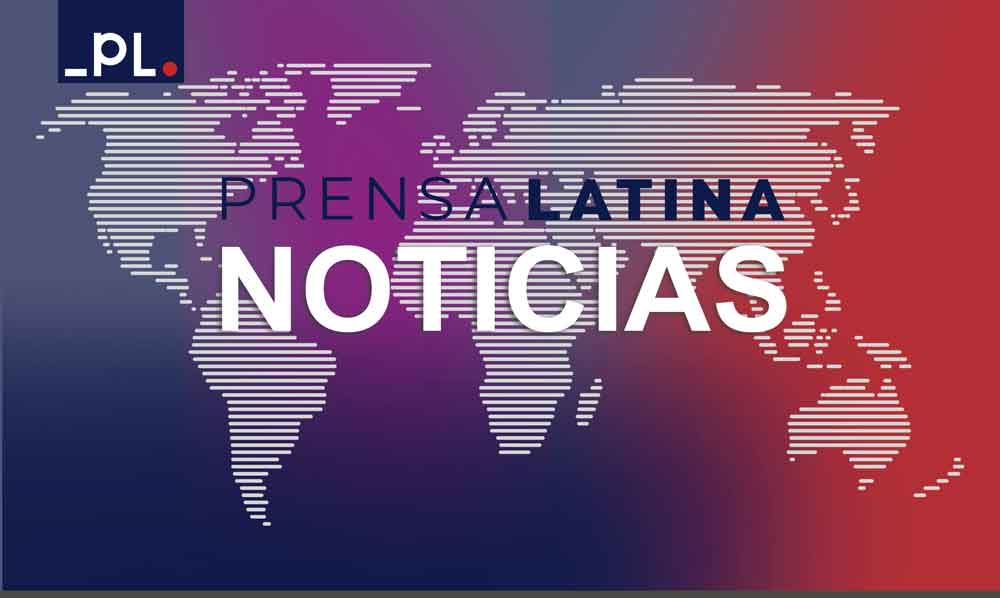The State Portfolio said in a statement that contracting processes for additional power generation are beginning to meet electricity needs across the national territory, mainly to cope with the 2024-2025 dry period.
Likewise, the organization announced that it will manage, with the Ministry of Economy and Finance, the necessary resources to cover the budget deficit caused by the high cost of electricity production in the electricity companies of the South American country, especially in the dry season.
On the other hand, they announced that they will seek rapprochement with industrialists and large companies so that they can work together and become self-sufficient in electrical energy, thus reducing the burden on the power grid.
Likewise, the statement announced that they will give priority to promoting private and public investments in the electricity chain, which will make it possible to achieve medium and long-term results.
At the same time, the first eight generators purchased in this Asian country were shipped from Korea out of a group of 32 generators purchased there.
They announced that the equipment will arrive in Ecuador in the last week of December and will be installed at the thermoelectric power plant in the city of Quevedo, Los Ríos province, which will begin operations in February to provide the country with a little more energy, up to 13 megawatts .
It is important to carry out joint work between government institutions with the main aim of achieving objectives in strategic sectors and helping Ecuadorians, said the newly appointed sector minister Andrea Arrobo in her social network X.
In recent weeks, Guillermo Lasso’s government tried to deliver 465 megawatts of electricity to end the blackouts, but the process was annulled a day before his term expired.
The technical commission recommended that the process be suspended because the deadlines were insufficient and if the purchase had been awarded under these conditions, the electricity would have arrived after the drought.
Although there are cuts in rationing plans and even full days without power outages, the power crisis remains and could last at least until mid-December 2023 in the best case, experts warn.
Ecuador had not suffered a blackout since 2009, during the administration of then-President Rafael Correa, which encouraged the construction of hydroelectric projects and even exported energy to Colombia and Peru.
jha/nta

